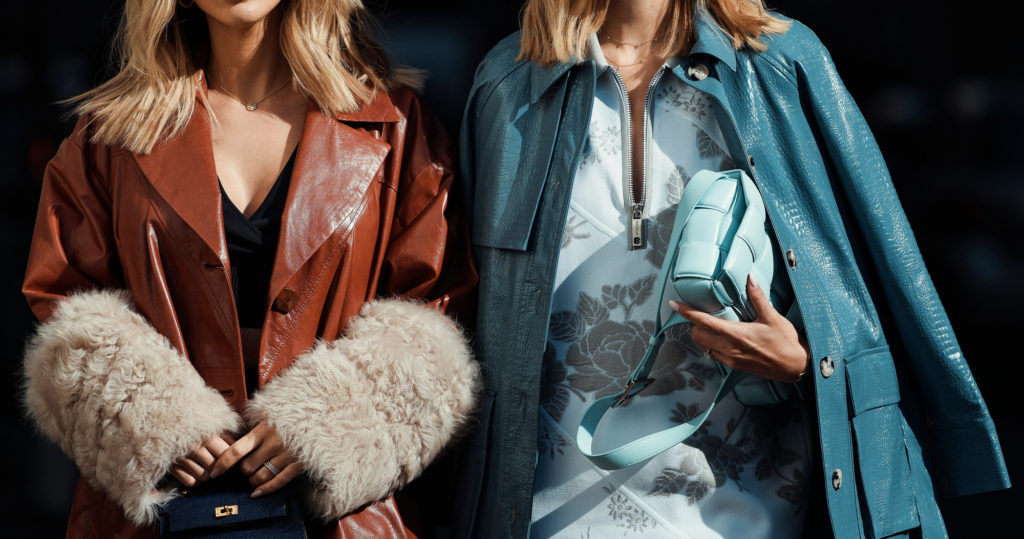Twice a year, the fashion industry’s biggest names show their latest trendsetters for the world to marvel at. Male and female models and personalities go down the runway amid a sea of camera flashes and awe from the audience. The event isn’t an actual contest, but there’s real pressure on brands and designers to dictate what’s hot until the next one.
That’s the gist of Fashion Week, a weeklong fashion show that occurs across the globe. For all intents and purposes, one designer summed its purpose perfectly: why make clothes if they won’t be paraded? Amid the rising costs of hosting one, Fashion Week is the ideal way for a brand or designer to secure recognition in the USD$1.53-trillion global fashion industry.
But where did the biannual tradition of showing off new fashion trends start? Here’s an in-depth look at how Fashion Week grew to the prestige it enjoys today.
Pomp and splendor
If you were to go back to the earliest instances of people showing their tastes in fashion, you’d have to go back to ancient times. No fashion shows existed, but the practice of flaunting one’s wealth and social status extended to clothing.
In Ancient Greece and Rome, nothing screamed prestige more than luxurious tunics. While also worn by commoners, the tunic denoted the wearer’s social status based on its dimensions and decoration or a lack thereof. Wealthy citizens wore tunics almost touching the ground, while senators wore colored bands called laticlaves on their long tunics to indicate their authority.
Tunics continued to be worn after the fall of the Western Roman Empire, with the eastern half (later known as the Byzantine Empire) continuing the trend. Like the Romans, the Byzantines donned lavish tunic decorations to signify social status. They continued to be worn following the fall of Constantinople in 1453, though the affluent would slowly move away from them.
It wouldn’t be until over 100 years later that tunics—now called chemises—saw a renaissance. Renowned designers like Cristobal Balenciaga and Yves Saint Laurent introduced it into their clothing lines, the latter making it to suit the bohemian lifestyle.
Shrewd business model
Surprisingly, it’s impossible to talk about the history of Fashion Week without talking about the Industrial Revolution. Sewing machines and synthetic dyes, among other things, made fashion much more accessible to the lower classes. These innovations also enabled designers to diversify their clothing designs, giving rise to fashion as an art form.
With the proliferation of various designs also came competition. By the late 1800s, businesses began employing models to wear their clothes and have them meander around populated areas like racetracks, hoping the masses and mass media would notice.
Later, some savvy businesspeople thought of organizing a social event to show off their latest couture and gain brand exposure. Historians still debate who popularized such events, though many credit English fashion designer Charles Frederick Worth in the 1860s.
By the turn of the 20th century, fashion shows were being held beyond Europe’s borders. The first fashion show in the U.S. occurred in 1903 at an Ehrlich Brothers department store in New York City. The shows back then were invitation-only, and photography was prohibited for fear of brands and designers copying off each other’s works.

Street style outfit – streetstylefw20
Fashion Week is born
Fashion shows exploded throughout the first half of the 20th century, so much so that the lack of coordination became an issue. Businesswoman Ruth Finley saw this, considering that she used to work for New York’s theater industry, which followed a strict timeline. She would often listen to insiders gripe about double bookings and all sorts of disorder in the Big Apple’s fashion scene.
In response, with help from publicist Eleanor Lambert, she consolidated all fashion shows in the city into a single mega event called Fashion Press Week. The first of its kind was held in 1943 at the Plaza Hotel—and it was presented with an opportunity. It would poise itself as an alternative to Parisian fashion, as Paris (and the rest of France) was under German occupation.
Fashion Press Week was invitation-only but eventually allowed the press to take photos of featured fashions. Designers only had around 15 minutes to make their designs appeal to the audience, prompting them to come up with eye-catching, if not extravagant, styles.
Enter the Big Four
As fashion trends changed with the inevitable passage of time, so did consumer behavior toward clothing. Haute couture gradually declined in favor of off-the-rack or ready-to-wear clothing, and later runway shows became more energetic. While you can still see haute couture in some shows today, the shift in focus to practical clothing is evident.
Soon, other centers of fashion were considering growing their respective fashion industries. Milan was the first after New York, holding its first Fashion Week in 1958. Despite Florence being Italy’s fashion capital at the time, Milan’s industrial background as a major source of quality fabrics made for an ideal location. Today, its Fashion Week is known for “quiet luxury.”
Paris took a while to join the bandwagon, but it held its first Fashion Week in 1973. Known as the Battle of Versailles Fashion Show, the event was organized to raise funds for the restoration of its palace namesake where it was held. True to its name, it was a showdown between French and American fashion designers.
Completing the so-called Big Four was London, with its first Fashion Week in 1984 attracting plenty of young fashion enthusiasts. By this time, such shows had long been open to the public, with this one focused on retail fashion.
Conclusion
Amid everything that’s happened over the past few decades, Fashion Week remains the most influential fashion stage on Earth. Every brand and designer puts their whole fashion career at stake in these socialite events. Success here is determined by how much the public (and social media, to an extent) talks about how much of a showstopper a dress is.
Presented by Ascend Agency

